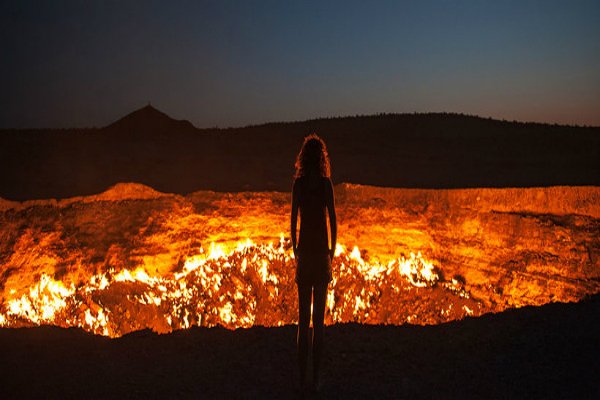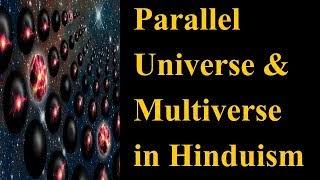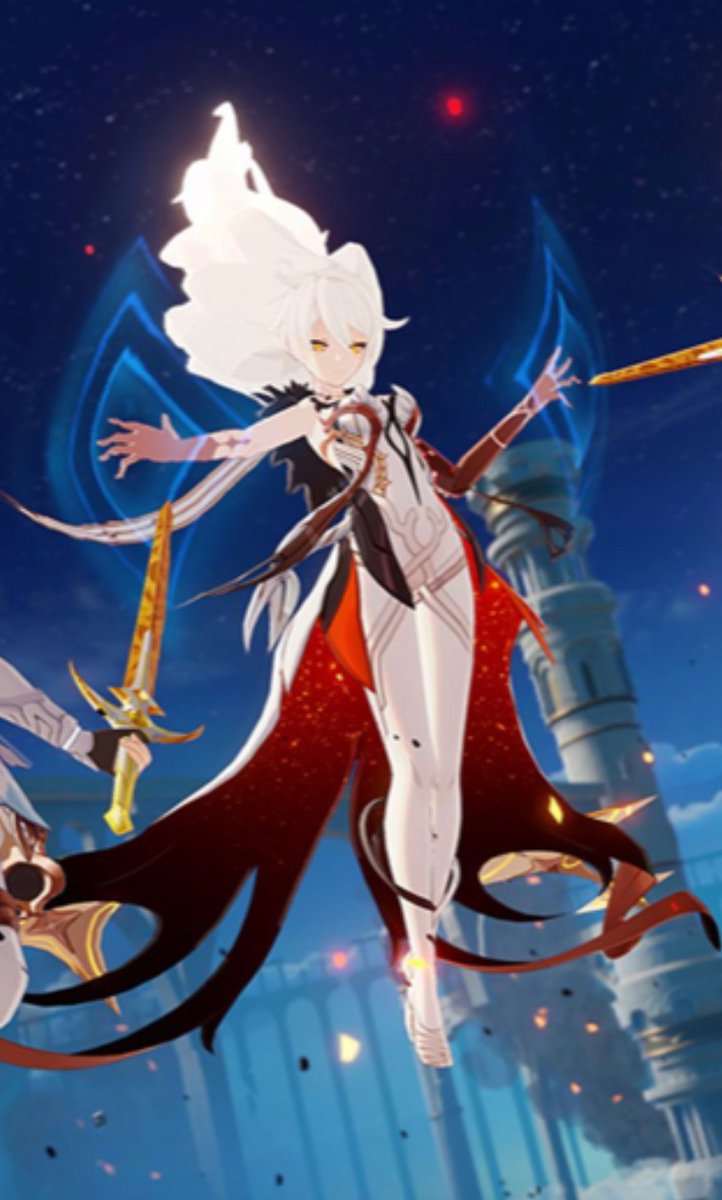@HelloNNewman @RajiIndustani @Kishoreciyer1
Hello Dear Tweeples!
It’s Siddhars time of the week! Last week I shared story of Guru (Machamuni or Yogi Matsyendranath), this week I bring you information on his Shishya.
#Thread on Gorakanathar Siddhar.
@LostTemple7
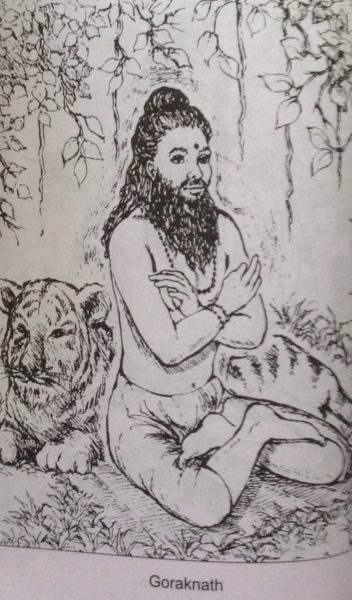
@HelloNNewman @RajiIndustani @Kishoreciyer1
Tiger is a predator that lurks around and attacks unexpectedly.
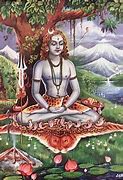
@Itishree001 @VarierSangitha @jananisampath
Here I’m naming a well-known place in Northern India that is influenced by Gorakanathar. The famous Gorakhpur in UP and Gorakhnath Math – to which current UP CM (@myogiadityanath ji) belongs to, +
@RapperPandit
There’s a district in Nepal named ‘Gorkha’, which also is believed to derive it’s name from Gorakshnath. There is a cave with his paduka (footwear) and an idol of him there.
@Elf_of_Shiva_ @hathyogi31 @harshasherni
@VedicWisdom1 @Dharm_Sthapana @Mahadevangini @Tanvangi17 @rightwingchora
As other Siddhars, Gorakkar also contributed in Siddha medicine, Alchemy, Ascetics. Apart from that he also wrote texts on Hath Yoga,
It’s believed that Agasthya Siddhar gave Gorakanathar the duty to safeguard the secrets of Alchemy. Thus, even today, people pursuing Alchemy is advised to pray to Gorakanathar Siddhar in order +
மறைத்திட்டே னென்குகையி லனேக சித்தை
மைந்தனே வுன்றன்பேர்ச் சொல்லி வைத்தேன்
துறையதனைக் கண்டுநீ யெடுத்துக் கொள்ளு
+
சொல்லாதே யொருவருக்கும் தொசந் தோசம்
முறையாக விதையறிந்து நடந்தா யானால்
முனிவர்ளுஞ் சித்தர்களும் புகழு வார்கள்
நிறையாக தெரிந்துகொள் மைந்தா நீயும்
நீடூழி காலம்வரை வாழ்கு வாயே
I have hid many secrets in the cave.
Oh Son, I have signified your name!
Go to your section and take it!+
If you follow the proper instructions,
The Sages and Siddhas shall shower praises.
Understand completely, oh my son!
May you live for eternity!
@VedicCulture__ @lalitha_jr @krithikasivasw @Krishna_Priiya
https://t.co/EeAXHrNeHF
@NandiniVenkate3
korakkar chandira regai (கோரக்கர் சந்திரரேகை)
korakkar namanaasathiravukol (கோரக்கர் நமநாசத் திறவுகோல்)
korakkar ravimegalai (கோரக்கர் ரவிமேகலை)
korakkar muththaaram (கோரக்கர் முத்தாரம்)
korakkar malai vagadam (கோரக்கர் மலை வாகடம்)
korakkar muthineri (கோரக்கர் முத்திநெறி)
korakkar attakarmam (கோரக்கர் அட்டகர்மம்)
korakkar soothiram (கோரக்கர் சூத்திரம்)
korakkar vagara soothiram (கோரக்கர் வகார சூத்திரம்)
korakkar thandagam (கோரக்கர் தண்டகம்)
@desi_thug1 @DivineElement
korakkar bhrama gnanam (கோரக்கர் பிரம்மஞானம்)
Though in Tamil tradition, it’s believed that Gorakkar Siddhar attained mukti and his Jeeva-samadhi is believed to be in Vada Poigainallur, Nagapattinam.
@sambhashan_in
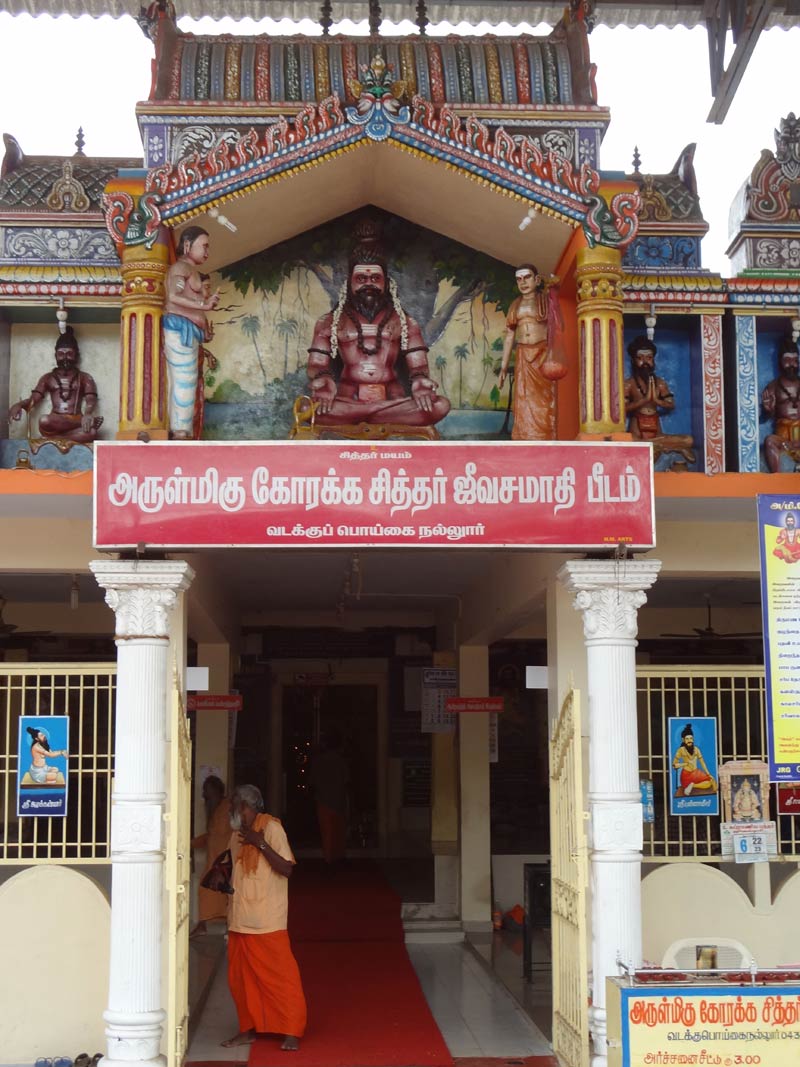
There’s so much to talk about Gorakkar Siddhar, however I’ve only included tidbit of information. Hope you enjoyed reading about Gorakanathar or Gorakshnath.
Content courtesy: https://t.co/K50qC7RiOv & https://t.co/tXM2aVADKg
Pic courtesy: Bing
@BesuraTaansane @chittukuruvi4
More from kārthik கார்த்திக் कार्तिक 🇮🇳🇮🇳🇮🇳 | Sanatani
More from Religion
i wonder if you can make a thread bout witchcraft in malaysia.. or list of our own local gods/deites..
— r a y a \U0001f319 (@lcvelylilith) February 20, 2020
Before I begin, it might be worth explaining the Malay conception of the spirit world. At its deepest level, Malay religious belief is animist. All living beings and even certain objects are said to have a soul. Natural phenomena are either controlled by or personified as spirits
Although these beings had to be respected, not all of them were powerful enough to be considered gods. Offerings would be made to the spirits that had greater influence on human life. Spells and incantations would invoke their
Animist ceremonies of a religious or magical nature were normally held for the purpose of divination or making a request. This would either be done at a keramat or at a shrine similar to the Thai spirit houses or Chinese roadside shrines pic.twitter.com/I1hliyi0x3
— \u2745\u1710\u170b\u1713\u170e (@uglyluhan) June 16, 2019
Two known examples of such elemental spirits that had god-like status are Raja Angin (king of the wind) and Mambang Tali Arus (spirit of river currents). There were undoubtedly many more which have been lost to time
Contact with ancient India brought the influence of Hinduism and Buddhism to SEA. What we now call Hinduism similarly developed in India out of native animism and the more formal Vedic tradition. This can be seen in the multitude of sacred animals and location-specific Hindu gods
The full story of || Dhruv ||
We’ll see How Dhruv occupied a fixed position in the northern sky?
I repeat “Untold Unsung now Unearthed”
Go through entire thread carefully.
OM NAMO BHAGWATE VAASUDEVAAY
RT & spread the knowledge.
Any questions use #AskPratz
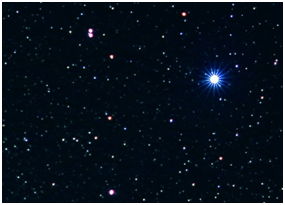
.... continuing from previous thread/story
O prince! Thus concentrate on that omnipotent eternal Lord with the mantra - ‘OM NAMO BHAGWATE VAASUDEVAAY’ .
https://t.co/H62ehDT3ix
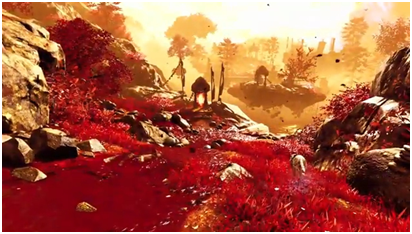
So you too go and recite the same mantra in order to please Lord Vishnu.
— Prateechi \U0001f6eb\u2708\ufe0f\U0001f6e9\ufe0f (@BahuRaani) February 6, 2021
\u2026To be continued
It\u2019s a beautiful long story. Read it to your loved ones.
(Next Weekly Thread)
We\u2019ll see How Dhruv occupied a fixed position in the northern sky?
Stay Tuned
Jai Maa
_/\\_ pic.twitter.com/7TxdNsoZes
The prince Dhruv greeted the sages and continued on his journey. At last, he reached a beautiful forest Madhuvan on the bank of the river Yamuna. It was the same forest, which was later occupied by a demon Madhu.
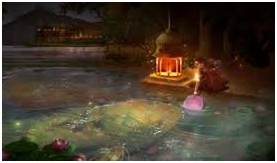
Shatrughana, the youngest brother of Sri Rama had killed demon Lavan, son of Madhu in the same forest & founded the township of Mathura. In the same forest, prince Dhruv decided to carry out his penance. As per the dictate of the sages, he began to recite the mantra continuously
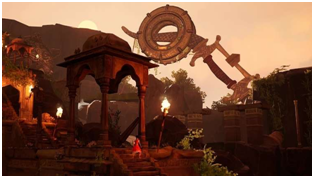
Very soon, the earth began to move because of Dhruv’s severe penance. Even the seat of Indra could not remain stable. A stampede resulted among the gods. The gods then hatched a conspiracy to disturb the penance.
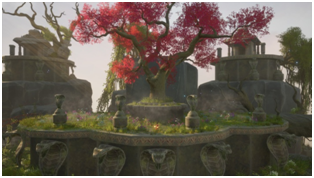
You May Also Like
Like company moats, your personal moat should be a competitive advantage that is not only durable—it should also compound over time.
Characteristics of a personal moat below:
I'm increasingly interested in the idea of "personal moats" in the context of careers.
— Erik Torenberg (@eriktorenberg) November 22, 2018
Moats should be:
- Hard to learn and hard to do (but perhaps easier for you)
- Skills that are rare and valuable
- Legible
- Compounding over time
- Unique to your own talents & interests https://t.co/bB3k1YcH5b
2/ Like a company moat, you want to build career capital while you sleep.
As Andrew Chen noted:
People talk about \u201cpassive income\u201d a lot but not about \u201cpassive social capital\u201d or \u201cpassive networking\u201d or \u201cpassive knowledge gaining\u201d but that\u2019s what you can architect if you have a thing and it grows over time without intensive constant effort to sustain it
— Andrew Chen (@andrewchen) November 22, 2018
3/ You don’t want to build a competitive advantage that is fleeting or that will get commoditized
Things that might get commoditized over time (some longer than
Things that look like moats but likely aren\u2019t or may fade:
— Erik Torenberg (@eriktorenberg) November 22, 2018
- Proprietary networks
- Being something other than one of the best at any tournament style-game
- Many "awards"
- Twitter followers or general reach without "respect"
- Anything that depends on information asymmetry https://t.co/abjxesVIh9
4/ Before the arrival of recorded music, what used to be scarce was the actual music itself — required an in-person artist.
After recorded music, the music itself became abundant and what became scarce was curation, distribution, and self space.
5/ Similarly, in careers, what used to be (more) scarce were things like ideas, money, and exclusive relationships.
In the internet economy, what has become scarce are things like specific knowledge, rare & valuable skills, and great reputations.





